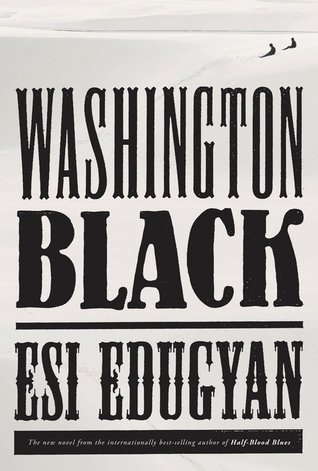The Coffee Trader David Liss (2003)
Dutch burghers of the 17th century had original paintings by the likes of Rembrandt and Vermeer hanging on the walls of their solid, comfortable houses. For me, this is reason enough to gravitate toward fiction set in Holland in this period, and indeed novels such as Tracy Chevalier’s Girl with a Pearl Earring (1999), based on the Vermeer masterpiece of the same name, have transported readers into that milieu very effectively.
In The Coffee Trader, novelist David Liss demonstrates that Dutch baroque-era burghers were not only patrons of the arts and archetypes of bourgeois life but also innovators in the establishment of modern commodity markets, with a version of Wall Street trading that was remarkably sophisticated—and treacherous. At the Exchange in Amsterdam, “Some traders came to fill orders or to sell what their ships brought into port, but increasingly men bought calls and puts and futures, trading in goods they never sought to own and would never see. It was the new way of doing things, turning the Exchange into a great gaming pit where outcome was determined not by chance but by the needs of the markets around the world.” (90)
The fictional intrepid trader of the book’s title is Miguel Lienzo, a Portuguese Jew who has settled in 1659 Amsterdam after fleeing from the Iberian Inquisition of the Roman Catholic Church. At that time, the internationalism of the Dutch business community made Holland one of the few places in the world where Jews could practice their faith without persecution. The downside of this religious freedom was that Jews in Amsterdam created self-imposed restrictions on their community, in order to assure the gentile Dutch that Jews would not be an economic drain or a cultural threat. A Jewish council called the Ma’amad could impose career-ending sanctions on local Jews, and this is one of the key tensions of the novel.
Miguel is surrounded by vividly depicted secondary characters, including the mysterious Dutch widow Geertruid Damhuis; the impoverished Dutch trader Joachim Waagener; the ostracized Jewish moneylender Alonzo Alferonda; Miguel’s pedantic brother, Daniel; and Daniel’s longsuffering wife, Hannah. Percolating through the narrative, however, is the inanimate character of coffee, which was just beginning to be appreciated in Europe for its pick-me-up qualities: “Hannah . . . loved the way it made her feel animated and alive. It was not as though she discovered a new self, rather, coffee reordered the self she already had. Things at the top sank to the bottom, and the parts of herself she had chained down rose buoyantly. She had forgotten to be demure and modest, and she loved casting off those constraints.” (201)
As Miguel coordinates a risky scheme involving coffee futures, the novelist presents business transactions of dizzying complexity. Some of the financial shenanigans zipped right past me, but I’m not complaining, since I could then focus on satisfying sub-plots involving a nefarious servant, an enigmatic sidekick, and an unhappy marriage.
Immerse yourself in the world of The Night Watch and the Zuiderzee with The Coffee Trader, and if you crave more 17th-century Holland, check out my review of The Last Painting of Sara de Vos by Dominic Smith.


























